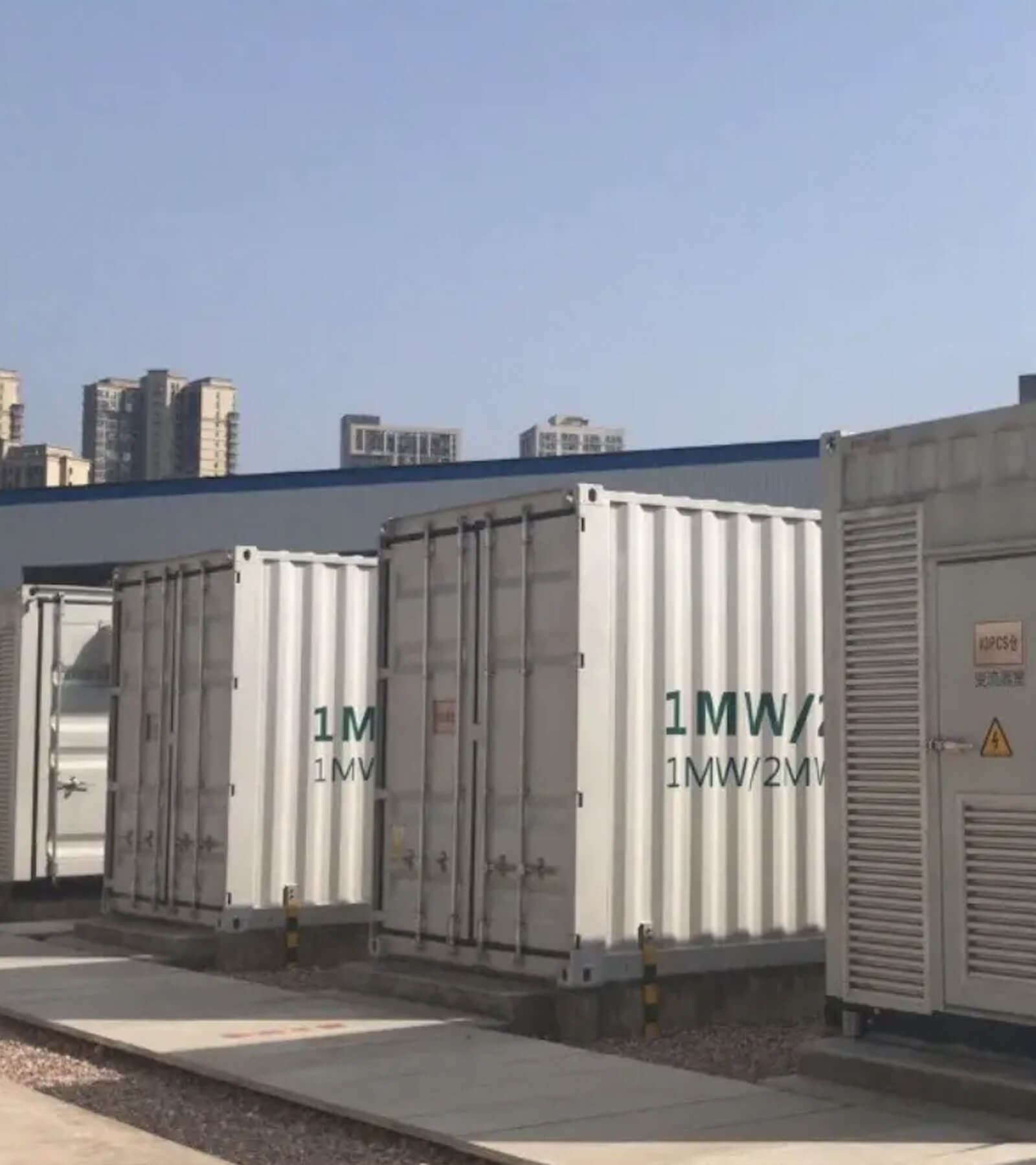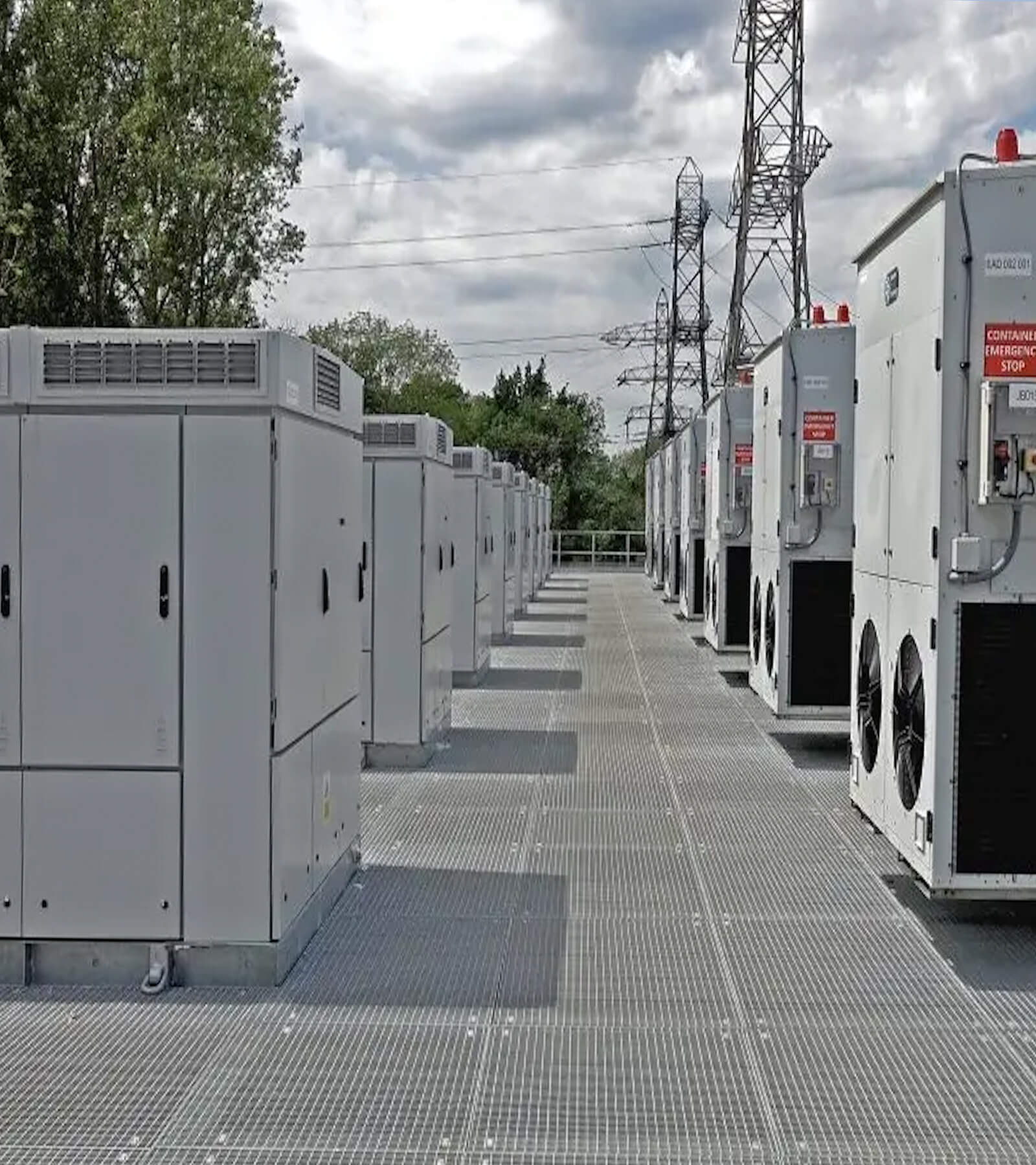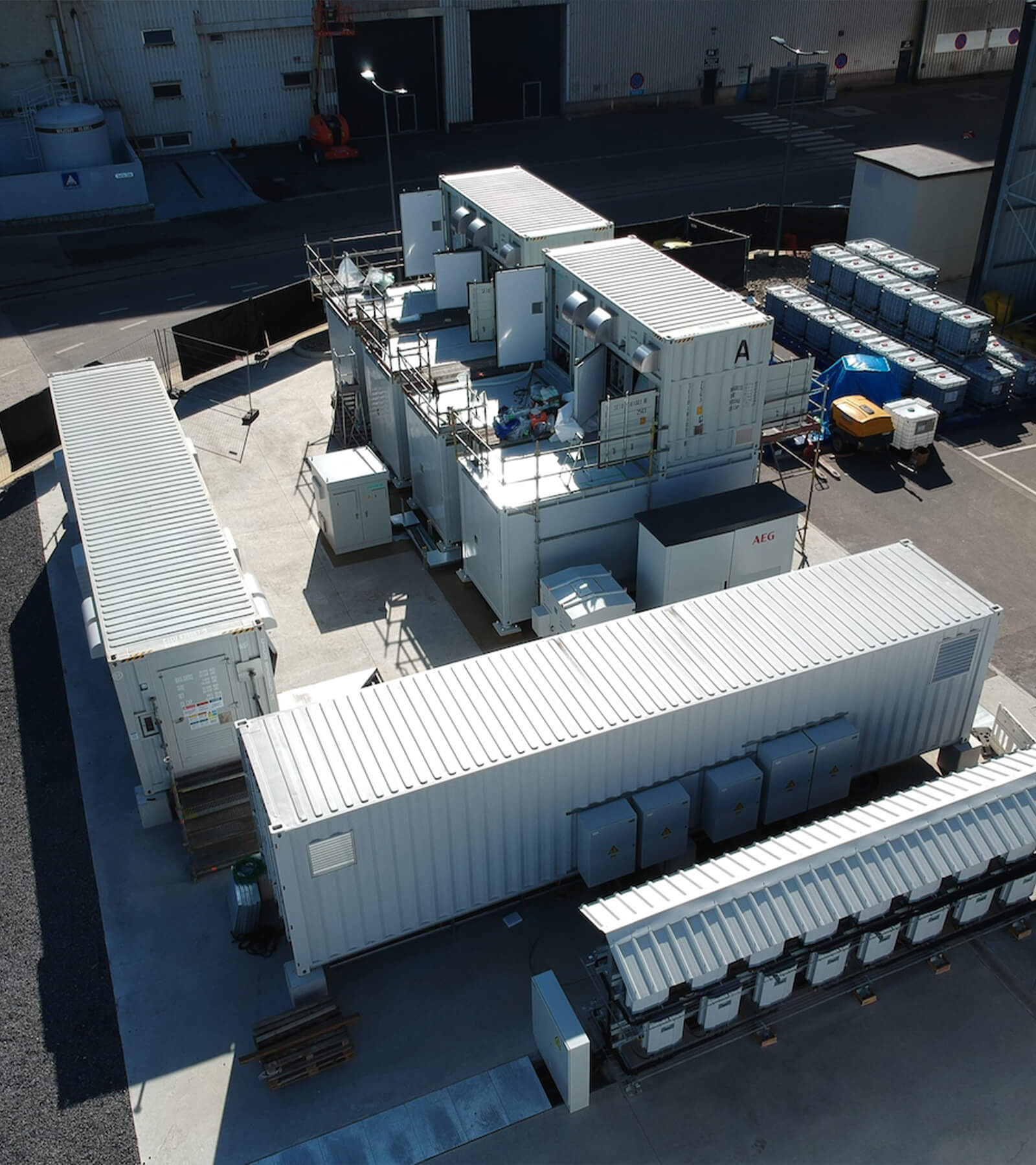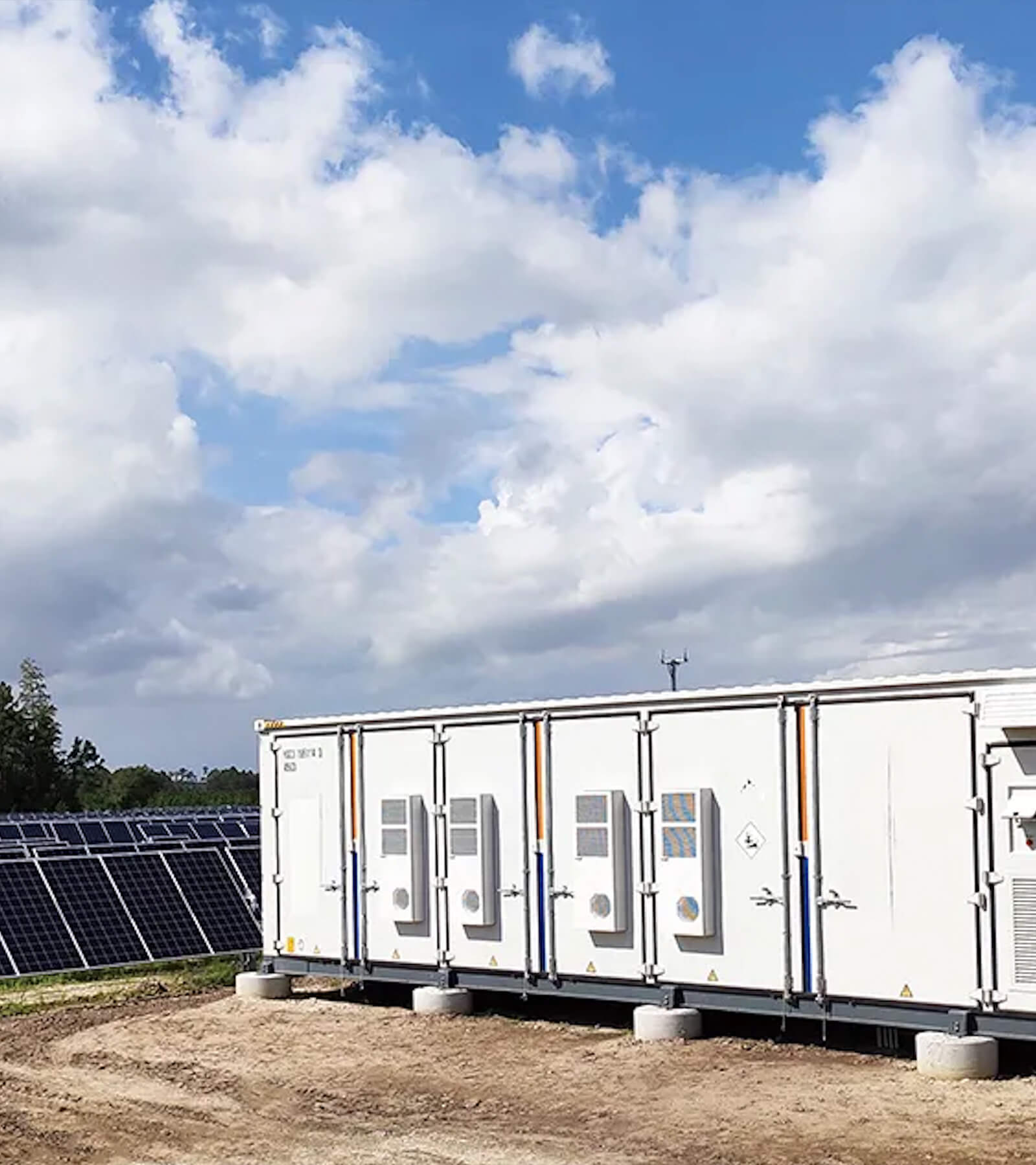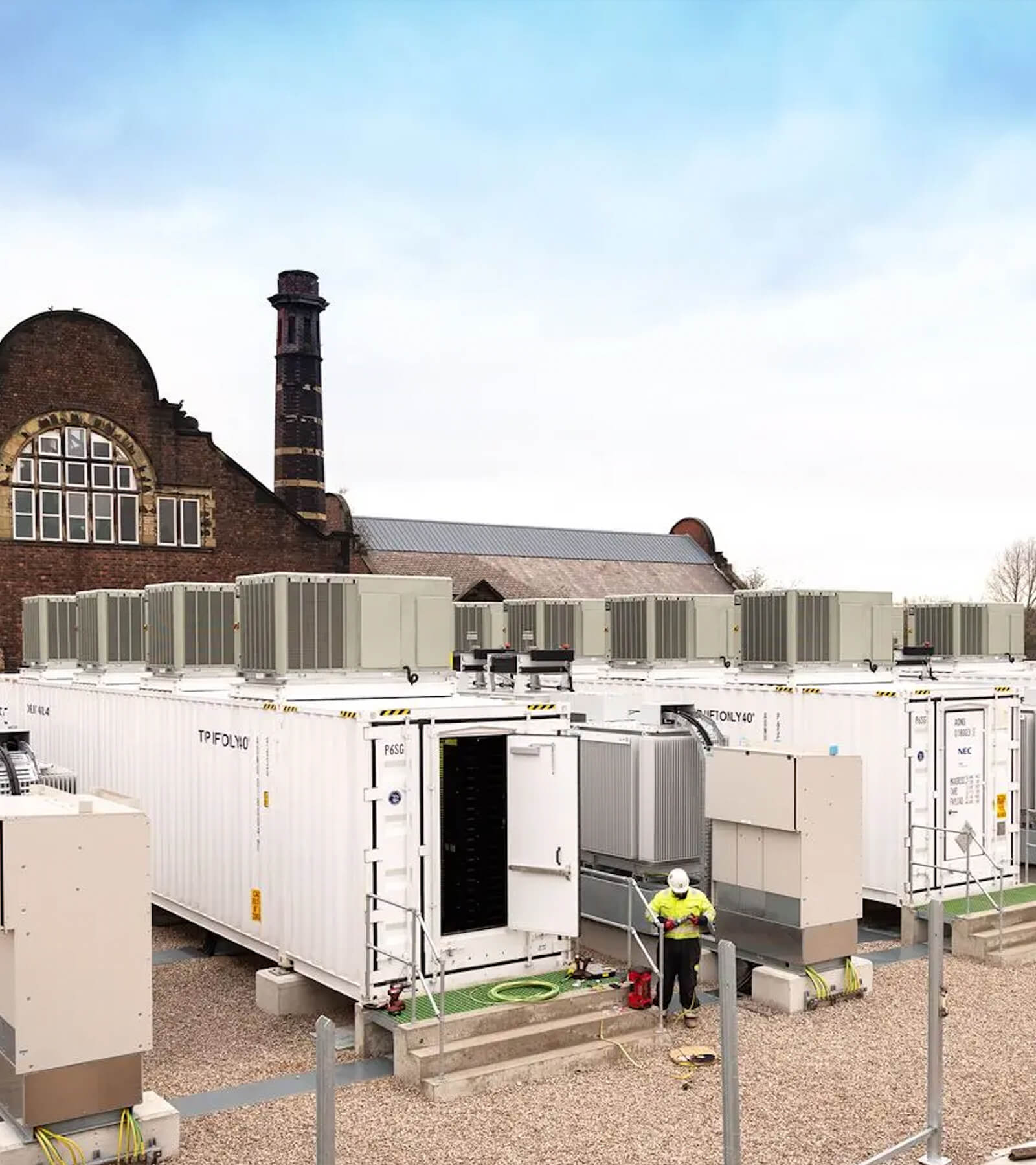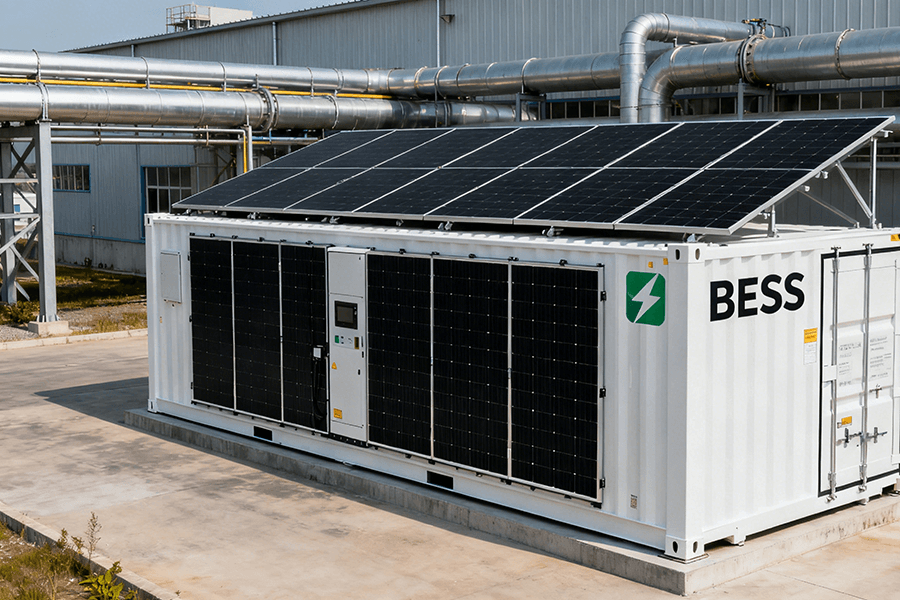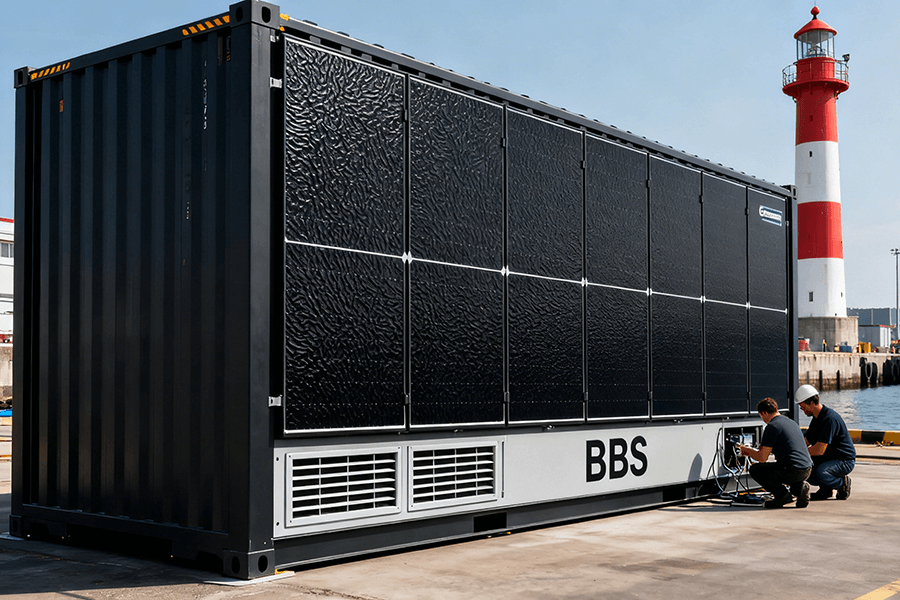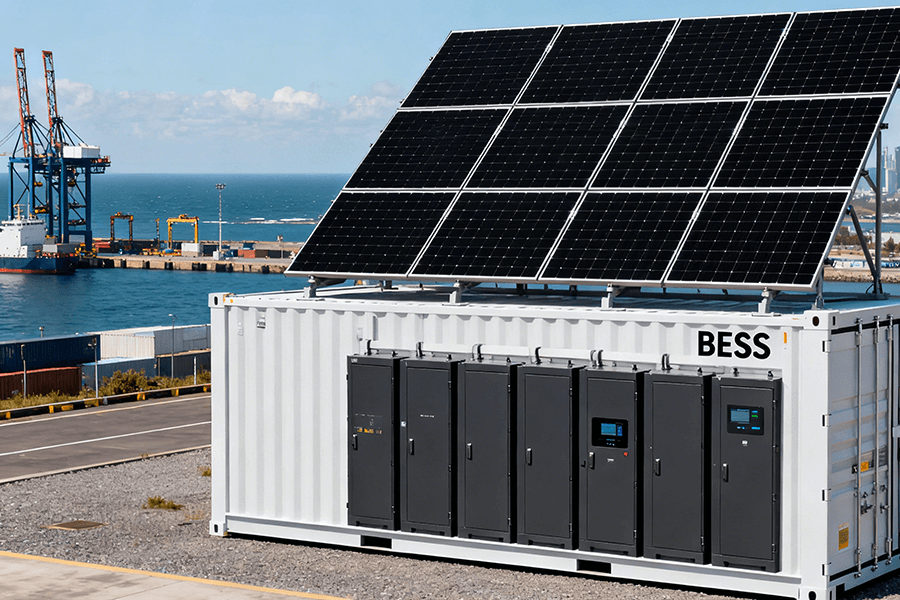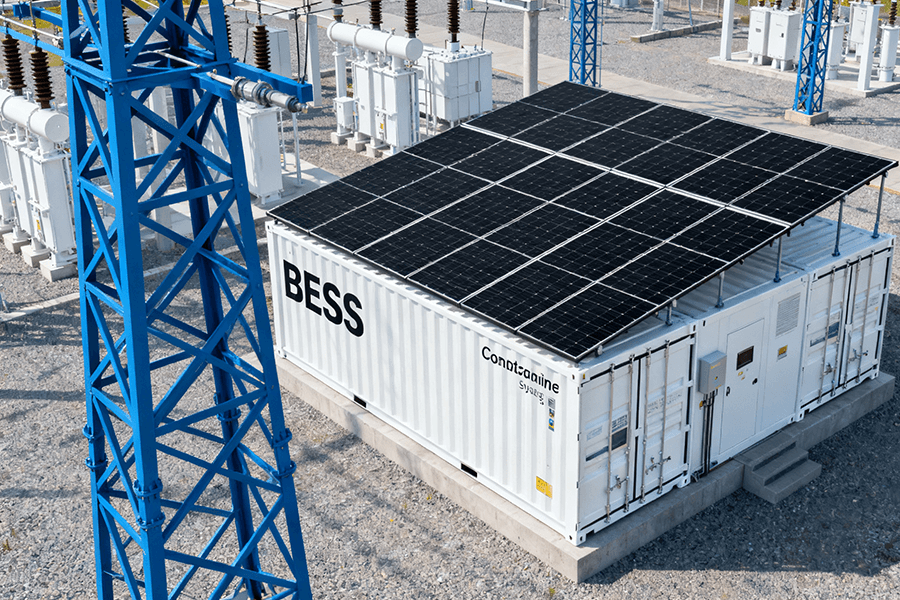
Europe’s Grid Faces a “Rigidity Crisis”
Europe’s interconnected grid network is a feat of engineering: it moves 30% of the continent’s total electricity across borders daily . However, this system grapples with a major flaw:
- 15% of all grid disruptions stem from line overloading.
- A staggering 40% of cross-border grid issues are caused by inflexible power flow management .
Traditional controllers—such as static synchronous compensators (STATCOMs)—are reliable but outdated. Their fixed settings make adapting to sudden changes (e.g., a drop in wind power or a surge in evening demand) as cumbersome as steering a cruise ship with a bicycle handlebar.
2025 Grid Reality Check: The Baltic states’ recent (2025) grid synchronization with the EU (after decoupling from Russia’s BRELL system) highlighted this rigidity. Their network, which relies on 77% submarine cables for interconnections, faced severe congestion risks until BESS containers were deployed to provide dynamic flow control .
BESS containers solve this problem. These portable, fast-acting units react faster than a Parisian café waiter to a coffee order—making them the grid’s new “dynamic navigators.”
How BESS Containers Fix Grid Flow (In Milliseconds)
BESS containers combine advanced inverters, AI-driven monitoring, and high-capacity batteries to absorb or inject power on demand. Unlike traditional gear, they adapt in real time. Below are their two key capabilities:
Bidirectional Power Adjustment: Stopping Overloads Before They Escalate
Cross-border lines (e.g., between Germany and Poland) often face “traffic jams” of electricity—similar to a Frankfurt subway at rush hour. Traditional controllers would shut down to avoid damage; BESS containers redirect the flow.
Key specs and results:
- BESS units can inject/absorb up to 2MW of power instantly .
- A German-Polish border grid deployed three 1MWh BESS containers and saw 70% fewer overloading incidents—preventing 5 cross-border blackouts in 2024 alone .
- Speed comparison:
-
- Gas plants (legacy backup): 200ms response time
-
- BESS containers: ≤50ms response time
This speed is the difference between catching a falling glass and mopping up shattered porcelain.
Distributed Flow Control: Taming Rural Grid Volatility
Rural grids with high wind/solar penetration (e.g., in Finland’s Lapland) are volatile—like a teenager’s mood swings. Too much wind causes congestion; cloudy days trigger supply gaps. Small-scale BESS containers (300kWh–800kWh) stabilize these networks.
Case study: Finnish rural grid
- Deployed 5 small BESS units in 2024.
- Reduced local line congestion by 65% .
- Increased renewable integration by 25% (now using more wind/solar without disruptions) .
Scandinavia’s BESS boom (2024–2025) further proves this model works:
|
Project Name
|
Location
|
Capacity
|
Primary Purpose
|
|
RPC BESS System
|
Finland
|
50MW/100MWh
|
Grid stabilization for wind farms
|
|
Ingrid Capacity BESS
|
Sweden
|
70MW/140MWh
|
Balancing cross-border solar flow
|
|
Source
|
,
|
,
|
,
|
Economic & Operational Benefits: BESS Saves (and Makes) Money
BESS containers aren’t just technical upgrades—they’re financial wins. They cost less than traditional gear and create new revenue streams for grid operators.
Cost Comparison: BESS vs. Traditional Controllers (10-Year View)
STATCOMs (the old standard) require custom installation and have no secondary uses. BESS containers, by contrast, are pre-assembled and double as energy storage.
|
Metric
|
BESS Containers
|
STATCOMs
|
|
10-Year Total Cost
|
45% lower than STATCOMs
|
Higher (complex installation + maintenance)
|
|
Installation Time
|
2–4 weeks (pre-assembled)
|
3–6 months (custom build)
|
|
Secondary Use
|
Energy storage/peak shaving
|
None (single-function)
|
|
Real-World Example
|
Spanish-French border grid saved €300,000 by choosing BESS over 2 STATCOMs
|
N/A
|
|
Source
|
,
|
,
|
3.2 Revenue Streams: BESS as a “Side Hustle”
Grid operators can monetize BESS containers in two ways:
- Power flow control services: Selling stability to cross-border networks.
- Capacity markets: Earning fees for keeping BESS on standby.
Case study: Dutch-Belgian grid operator (2024)
- €25,000/year per container from flow control services.
- €18,000/year per container from capacity markets.
- Total: €43,000/year per unit (enough to fund small grid upgrades or a team holiday) .
BESS also outperforms gas peakers (another legacy backup):
|
Performance Metric
|
BESS Containers
|
Gas Peaker Plants
|
|
Response Time
|
Milliseconds
|
5–10 minutes
|
|
Cost per MWh
|
30–40% lower
|
(100–)150
|
|
CO₂ Emissions
|
Zero
|
0.5–0.7 kg CO₂/kWh
|
|
Source
|
,
|
,
|
Why Maxbo Solar’s BESS Containers Stand Out (Our Perspective)
At Maxbo Solar (www.maxbo-solar.com), we design BESS containers specifically for Europe’s unique grid challenges—from Lapland’s -30°C winters to Spain’s 40°C summers. Here’s what makes our units different:
Weather-Resistant Design
- We use LFP (lithium iron phosphate) batteries that maintain performance in extreme temperatures (-30°C to 50°C) .
- C5 corrosion-resistant steel (matching Sungrow’s PowerTitan tech ) ensures durability in coastal areas (e.g., Baltic states) or rainy regions (e.g., Netherlands).
Speed & Scalability
- Our units respond in <100ms—faster than 80% of competitors .
- Scalable sizes: 300kWh (rural grids) to 2MW (cross-border lines).
- Recent win: Supplied 6 units to a Polish rural grid (2025), cutting frequency deviations by 55% .
Revenue-Maximizing Features
- Our BESS is pre-certified for EU capacity markets—so operators start earning faster.
- One Dutch client uses our units to make €43,000/year per container (matching the industry’s top performers) .
Long-Term Support
- We offer 15-year O&M (operations and maintenance) services—same as industry leaders like Sungrow .
- 24/7 remote monitoring: We fix 80% of issues without on-site visits.
Conclusion: BESS Containers Are Europe’s Grid Future
BESS containers aren’t a trend—they’re the solution to Europe’s grid rigidity problem. They:
- Fix flow imbalances faster than traditional gear.
- Cost 45% less over 10 years.
- Create new revenue streams for operators.
The forecast (2025 EU Grid Report): By 2035, BESS containers will handle 45% of EU cross-border power flow control—up from just 5% in 2020 . As Europe adds more renewables (target: 42.5% of energy by 2030 ) and expands interconnections (e.g., Baltic states), BESS will be the backbone of a smarter grid.
At Maxbo Solar, we’re proud to build the BESS containers powering this future. Because when it comes to grid flow, “good enough” just isn’t European.

